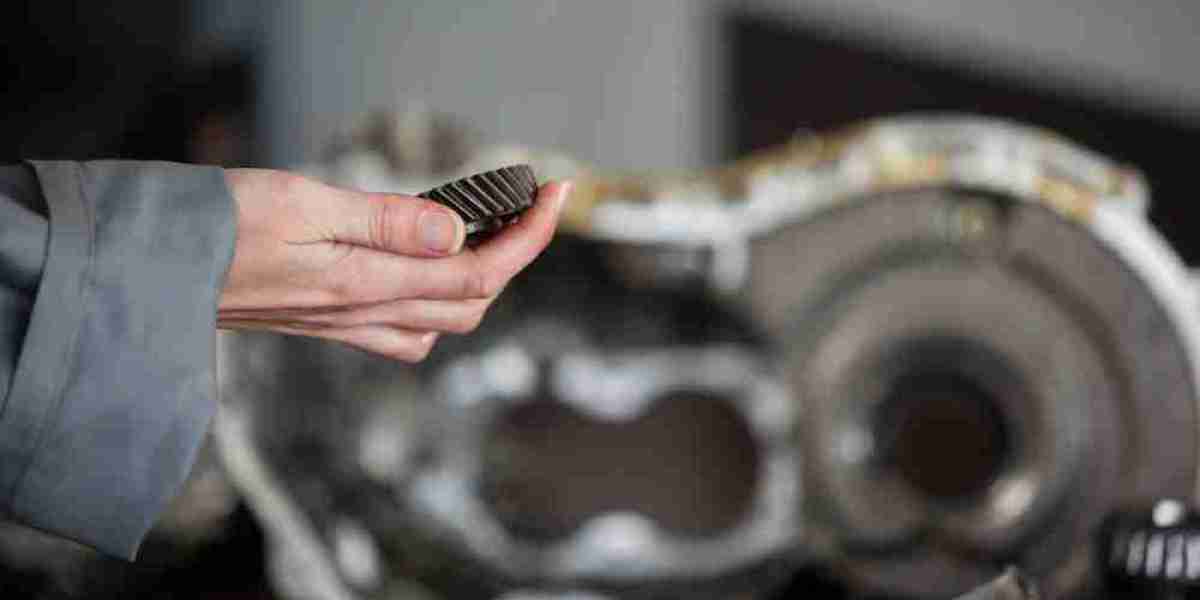The starter motor is one of the smallest yet most essential components in any engine-powered system. Whether it’s a car, a truck, a marine vessel, or an industrial generator, the engine simply can’t start without the help of this powerful little motor. In this blog, we’ll explore what a starter motor is, how it works, the different types available, and the common issues to watch out for.
What is a Starter Motor?
A starter motor is an electric device that initiates the operation of an internal combustion engine. Its main job is to crank the engine by turning the crankshaft until the engine can begin to run on its own. Without it, the engine cannot start.
How Does a Starter Motor Work?
The process begins when you turn the ignition key or press the start button. Here's what happens:
Battery Sends Power: The vehicle's battery supplies electricity to the starter motor.
Solenoid Engages: The solenoid acts like a switch, pushing a small gear (called a pinion) to connect with the engine’s flywheel.
Engine Cranks: The starter motor spins the flywheel, which starts the engine.
Disengagement: Once the engine is running, the starter motor automatically disengages.
Types of Starter Motors
There are several types of starter motors designed for different applications:
Direct Drive Starter: The traditional type with a simple gear mechanism.
Gear Reduction Starter: Offers more torque and is used in high-compression engines.
Permanent Magnet Starter: Lightweight and energy-efficient, common in modern vehicles.
Inertia Starter: Used in some older diesel engines, relies on spinning motion to engage.
Each type has its own strengths based on torque needs, space, and efficiency.
Common Starter Motor Problems
Starter motors can wear out or malfunction over time. Here are some signs of trouble:
Clicking Sound: Often caused by a weak battery or a faulty solenoid.
No Crank When Starting: Could indicate electrical failure or internal motor damage.
Grinding Noise: May point to a damaged flywheel or worn-out starter gear.
Intermittent Starting: Often due to loose connections or a failing ignition switch.
Addressing these issues early can prevent larger engine problems and costly repairs.
Tips for Starter Motor Maintenance
To ensure your starter motor lasts longer:
Keep battery terminals clean and connections tight.
Test the battery regularly to ensure it’s delivering enough power.
Avoid holding the ignition key for too long during cranking.
Listen for unusual noises when starting the engine.
Routine checks and prompt repairs can help maintain the reliability of your engine’s starting system.
Use in Marine and Industrial Engines
In marine and industrial applications, starter motors must be built to endure extreme conditions. These motors are often made from corrosion-resistant materials and designed for higher torque output. Marine starter motors, in particular, are sealed and weatherproof to withstand moisture and salt exposure.
Final Thoughts
Though small in size, the starter motor plays a huge role in engine functionality. It's the component that gets everything moving. Understanding how it works, recognizing early signs of failure, and practicing proper maintenance can save time, money, and frustration in the long run.




